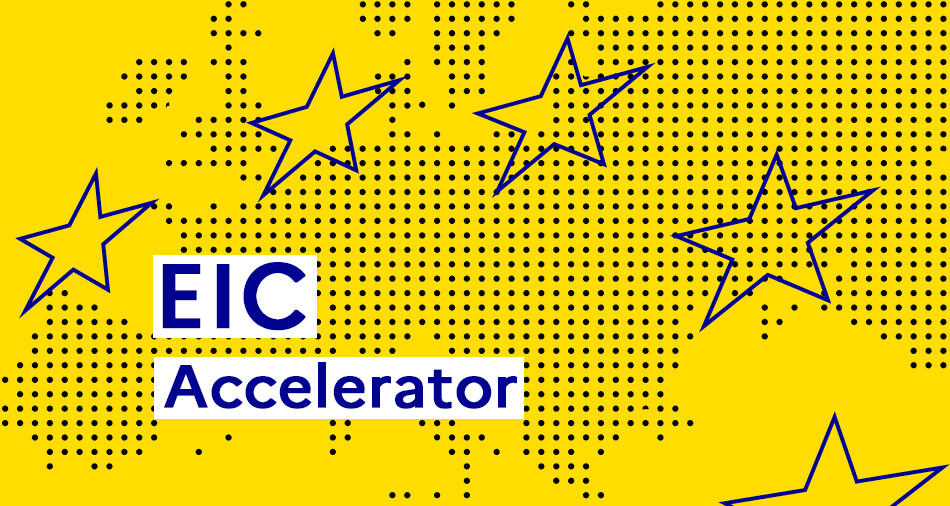ExpectedOutcome:
Photovoltaic power generation is pivotal in the transition to a clean energy system and the achievement of the zero-emissions target. To that end, it is important to enhance affordability, security of supply and sustainability of PV technologies along with further efficiency improvements. Consequently, project results are expected to contribute to all of the following outcomes:
- Demonstrate tandem technologies for efficiencies beyond the single-junction Shockley–Queisser limit (~29%).
- Increase the potential of tandem technologies with earth abundant materials for mass production at low manufacturing cost.
- Minimise the impact of PV on landscape and environment by increasing its energy yield/m2.
- Contribute towards establishing a solid European innovation base and a competitive, continuous and coherent PV value chain.
Scope:
Tandem-junction cell architectures present a path towards higher module efficiencies over single-junction designs, because of the ability to absorb more efficiently the different wavelength regions of the solar spectrum by means of separate devices (monolithically integrated and bonded/mechanically stacked). This enables surpassing the limiting efficiency of single-junction Si (~29%), which has neared its theoretical limit. As module costs drop, balance-of-systems costs dominate the cost of PV installations, and gains in efficiency could influence more the overall system costs, the energy yield/m2 and hence the land use or the integration potential of the technology. The aim is to develop tandem cells and modules that will reach efficiencies >30%, offer the same lifetime and degradation rate as standard crystalline panels at only marginally higher cost, creating thus a viable economic pathway for commercialisation of these technologies.
The proposal should address all of the following:
- Develop novel concepts based on earth abundant materials that optimise PV cell and module architecture, increase durability, decrease losses and target very high efficiencies, taking also into consideration specific applications.
- Employ simple, scalable and low cost processing techniques; deliver proof-of-concept for equipment development to support novel layer deposition.
- Ensure compliance with the relevant standards at laboratory scale, also considering the specific applications targeted.
- Perform device/module real –life (under actual outdoor operating conditions) characterisation for reliability and energy yield assessment.
- Perform a life cycle analysis to bring evidence of the lower environmental impact, better resource efficiency than current commercial PV technologies, and circularity potential.
Specific Topic Conditions:
Activities are expected to achieve TRL 5 by the end of the project – see General Annex B.
Cross-cutting Priorities:
Artificial IntelligenceDigital Agenda





